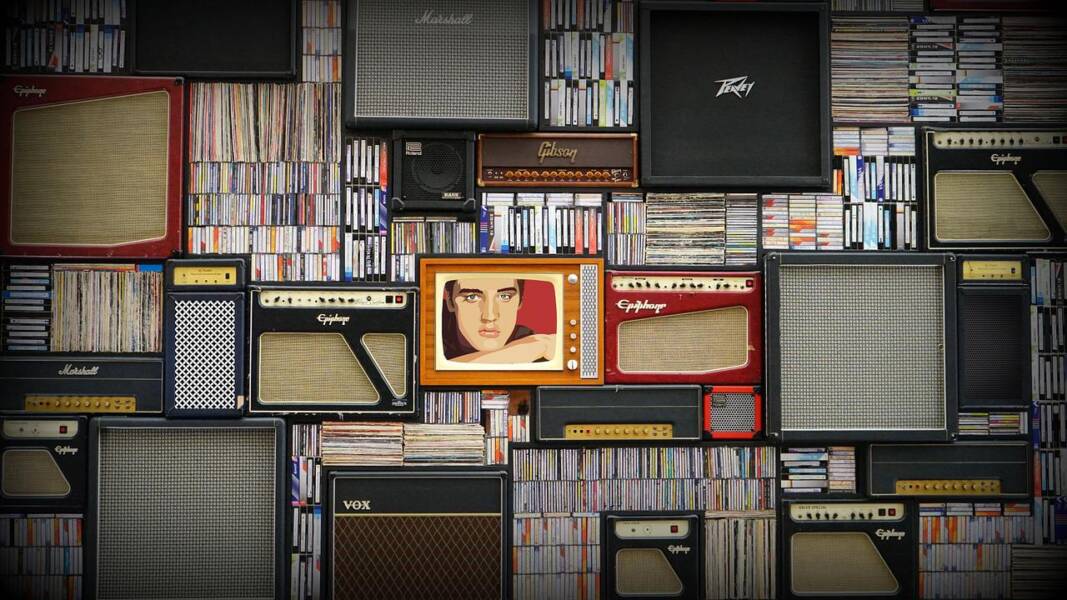Most people don’t think much about speaker cables. They just figure that it doesn’t matter what kind of cable is used to carry the signal as long as sound comes out of the speakers.
However, there are many types of speaker cable, and some are better suited for specific applications than others.
So here’s a quick guide on choosing the right speaker cable from Infinity Cable Products for your entertainment system.
Factor in the Gauge
The two most essential characteristics of speaker cables are gauge and polarity. The gauge of a speaker wire affects its ability to transfer an audio signal without losing fidelity. A lower gauge number means the wire is thicker, which allows for better signal transmission.
In short, a lower-gauge cable offers less resistance, making it ideal for longer runs of wire between power amplifiers and speakers. A thicker wire also handles more power before it starts to lose fidelity in the audio signal.
How Much Wire Do You Need?
When buying speaker wire, the first thing to consider is how much length you need. If your speakers are close to the receiver, you can likely get away with standard 16 gauge wire. If they are more than 15 feet away, move up to 12 gauges or thicker (10 gauges, eight gauges) for better results.
When possible, buy more wire than you need, so you have some flexibility when running it through your walls.
Familiarize Yourself With the Types of Speaker Cables
There are three main types of cables available:
Banana Plug Cables
Banana plug cables are the most common type of speaker wire because they’re so easy to use. Simply connect the banana plug to your receiver and insert the bare end of the wire into your speaker. Banana plugs come with various numbers of conductors, ranging from two conductors up to eight conductors.
Bare Wire Cables
Bare wire cables are exactly what they sound like — they don’t have any sort of casing and consist only of speakers stripped at the ends. Basic wire cables are generally used for in-wall installations or when you want to customize the length of your cable by cutting it down to size yourself.
Bare Wire Cables With Connectors
These are a mix of bare wire and banana plug cables because they have a connector at one end but not the other. Depending on how you plan to connect it, that connector may be a banana plug, pin, or spade connector.
The Final Word
In the end, speaker cables are like the frame on a painting. They’re essential, but it’s what they’re holding that matters. So don’t be afraid to spend more money on your speakers and electronics than you do on your cables. But when it’s time to finally purchase the wire that will connect all those expensive components, make sure you pick a cable that will get the job done right.
The best way to determine what works for you is to do a little research and understand how the various types of cables perform and what your budget will allow. Remember that the most expensive option isn’t always the best and that you can get excellent sound results from cables at every price point.
TechnologyHQ is a platform about business insights, tech, 4IR, digital transformation, AI, Blockchain, Cybersecurity, and social media for businesses.
We manage social media groups with more than 200,000 members with almost 100% engagement.
